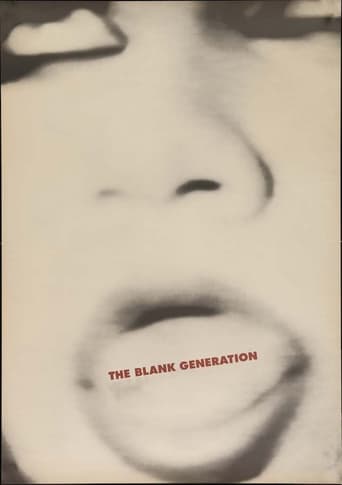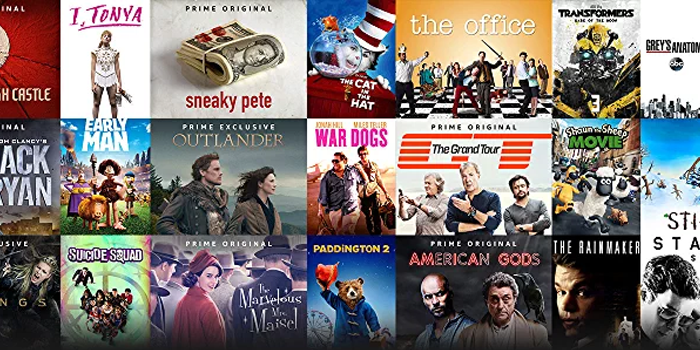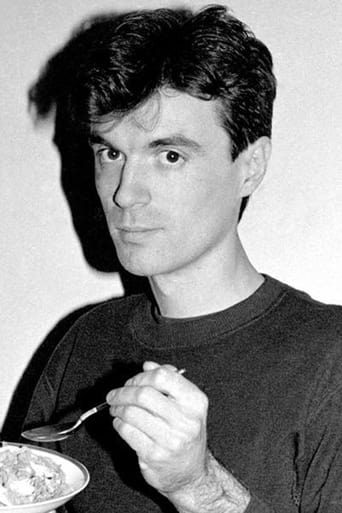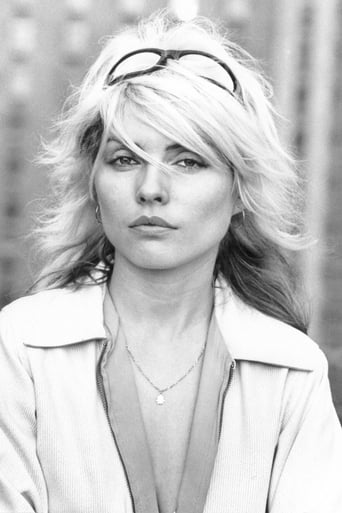

The Blank Generation (1976)
The cream of the New York new wave/punk crop, filmed live at CBGB when the scene was just beginning. Includes performances by Patti Smith, Blondie, Television, the Ramones, Talking Heads, the Heartbreakers, the Shirts, Wayne County, the Marbles, the Dolls, Miamis, Harry Toledo, and the Tuff Darts (w/Robert Gordon).
Watch Trailer
Cast


Reviews
Fantastic!
A great movie, one of the best of this year. There was a bit of confusion at one point in the plot, but nothing serious.
I enjoyed watching this film and would recommend other to give it a try , (as I am) but this movie, although enjoyable to watch due to the better than average acting fails to add anything new to its storyline that is all too familiar to these types of movies.
The movie turns out to be a little better than the average. Starting from a romantic formula often seen in the cinema, it ends in the most predictable (and somewhat bland) way.
I've not seen this movie, but i remember it got trashed in reviews in the late 1970s when it was shown. i fully agree that it was exceptionally dumb (pardon the pun) of the filmmakers to make a music documentary without any sound. at least we have the footage. if they hadn't done this we might be saying 'if only there was some footage of the ramones in 1976.....' at least we have that. and i'm sure the filmmakers did not think that people would be griping about paying full price for it 35 years later i do recall the intention was to shoot with synchronised sound and the sound didn't get recorded or something - may be i'm wrong it has to go down as one of the great heroic failures of the music world along with the guy who shot 10 minutes or so of the Beatles last concert,but used all of his film on shooting footage of people building the stage in an empty stadium.
This is a great, atmospheric, you might say "cinema-verite" film of a selection of the bands that made up the mid-70s CBGBs New York Punk scene. It was shot on a single 16mm camera, largely live at the club, but also with some "out in the street" sequences, and is a vital, rare document of exciting and vibrant music. And OK, let me get this over to ya now, the film doesn't have the benefit of sync sound. I'd guess the audio, which is a mixture of live tapes and commercially available records, was dubbed on later when the film makers had cut their footage together. So it's all pretty jumbled up, and the visuals don't match up a lot of the time, but I reckon that's a feature, not a fault. It all just adds to the rough-n-ready quality. Maybe those negative IMDb reviews came from folks who just didn't "get it" and expected something more slick, more MTV (yuk). Well isn't that ironic, since MTV and its nauseous ilk are forever trying to ape old-school underground film makers, and they usually fall way short of the mark simply because unlike these guys, MTV are clueless.Some of the bands you'll see here went on to commercial success (check the very early footage of Talking Heads and Blondie) and some are still propping up the "influential" lists thirty years on (Television and Patti Smith just played sold-out painfully hip gigs in London last month) and some verge on performance art (Wayne/Jayne County) and some are just plain forgotten (Marbles, Tuff Darts). But none of the 12 or so segments here are over-long and the Ramones footage is worth the price of admission alone. Music fans should be happy someone bothered to capture the CBGBs scene while it still was a scene. Essential, x10.
Yes, this film is all but unwatchable. The unsynched video and audio make for one of the most unsatisfying experiences ever. This is supposed to be a documentary, but what did I learn from this film? If there was a band I didn't recognize, I wasn't told who they were. I don't know when the performance was shot, or where, or who the musicians are, or what their influences were. We don't learn why this generation was called blank by the filmmakers. There are no shots of the audience, so we don't learn what effect the music was having on those who were actually there. This isn't a documentary, it's being trapped at someone's house who you don't like and they pull out their home movies of their kids.
Many people will dismiss this film because it is basically soundless home movies with live music tracks from other performances dubbed over. The film was shot in grainy B/W, the camera is usually static with only a zoom lens to pan in and out, and we hear only bits and pieces of songs. Well, I think that's excusable for a film of this subject. The first roots of the punk/new wave scene were real' garage bands. MTV was still four years away. The rock music scene was comprised of mega-bands (like Yes, Pink Floyd, and Jethro Tull) that filled stadiums and promised little other than a good light show and a contact high from grass. Another alternative was the leisure suit/gold-chain disco scene, which was completely void of soul despite the R&B origins from which it sprang. Then there was the worst of the worst. I was in high school at the time and I chose the 40-minute walk home most days (and there were no walkmans in those days!) rather than have to listen to Barry Manilow and Linda Ronstadt on the school bus's radio. Needless to say, music in 1976 was either nauseatingly bad or overproduced to the max, and the music scene was saturated in cocaine, hot tubs, and Quaaludes. Enter this new scene so new that it didn't even have a name (it was first coined `punk' when it reached England and was embraced by working class kids). The attitude with these new bands was disenchantment, the music was simplistic, and the performances were raw and unpolished. This new American music never really was `punk' because it lacked the energy to even be about being against everything (with the exception of Patti Smith). It wasn't angry, or expressive or flashy. If one could call it anything in fact, it would probably be Loud Inertia. So, if one is to make a documentary about loud inertia and stay truthful to its form, it would have to be as stagnant, simplistic, raw, and unrefined as the music. Most of the bands in this film had not yet signed to a label at this time, and few of them ever played outside of NYC. Their audiences were what one might call the riff-raff of society. So, who had the money to buy a video camera or even a sound camera? Ivan Kral and Amos Poe obviously had the insight to record the performances on their 8mm home movie cameras and probably something like a cheap cassette recorder. I doubt they ever considered their efforts to be as directors. They were simply fans with cameras, and that makes this film an uncultivated document of a seed that would sprout into a whole movement. I can't say I enjoyed watching this film or that it even captured many of the aspects of what made some of these bands great (by the time I saw most of these bands in '77 & '78, they had already developed somewhat musically). However, this film is in itself something unpretentious, uncompromising, and far, far away from what would soon be labeled, packaged and manufactured by record companies and music videos. There are other documentaries that are more entertaining, and that fully explain the phenomenon of this new music scene. But I think the music and images this of film candidly show what the real essence of this era was all about. It may look static, but it's pure, original, and sincere which let's face it, is the antithesis of MTV and most music today.




